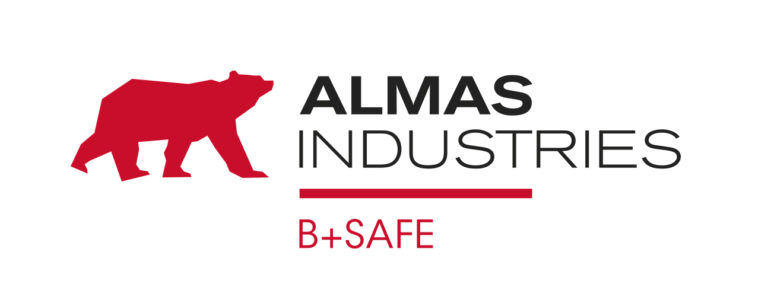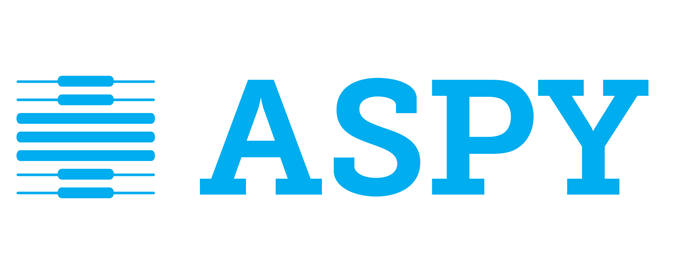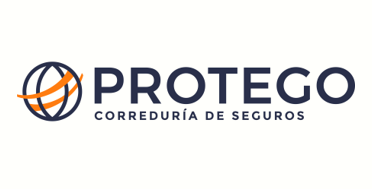Animal health is managed by the farmer in partnership with a veterinarian and other agricultural advisers. It begins with the animal selection where the farmer looks for traits such as longevity of animals, robustness, resource efficiency, and environmental impact. And it continues with an animal health management plan which includes concepts such as:
- Biosecurity measures
- Good housing
- Good hygiene
- Appropriate nutrition,
- Regular monitoring of health and welfare including vaccination when advised, and treatment of illness when necessary.
Fom farmer to monitoring
Animals, just like people, can get sick, no matter the farming practices, and they require proper care from the veterinarian and the farmer. Reducing infections in animals is also important for improving food safety, food yields and reducing any animal suffering. Good husbandry, biosecurity and hygiene are the cornerstones of protecting animal health and welfare on Europe’s farms.
The use of vaccination to prevent disease along with good farm hygiene, herd health plans, and good nutrition are the first steps in reducing the occurrence of bacterial disease. Whenever possible, farmers adhere to the concept that prevention is always better than cure. Use of diagnostics and other innovative technologies like digital monitoring can also assist with earlier disease detection help support a more targeted health management.
Despite best efforts however, like people, animals can get sick. It is the farmer’s duty to provide appropriate care as advised by a veterinary surgeon in case of illness.
















